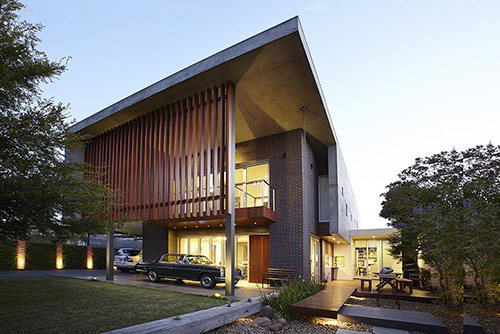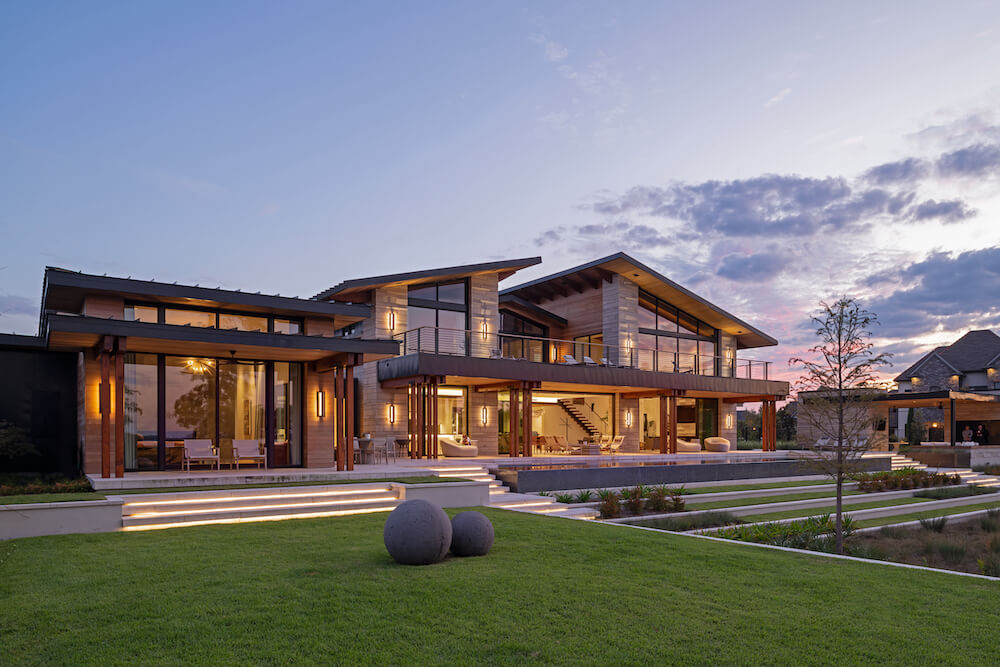How Residential Architects Develop Customized Residences for each Way Of Living
The procedure by which household designers style personalized homes is a nuanced interaction of comprehending customer requirements and translating those understandings into functional living rooms. Through detailed examinations and the usage of design tools, engineers catch the significance of their customers' way of lives, ensuring that each home reflects individual values and desires.
Comprehending Customer Needs

Effective communication is vital in this process. Engineers must motivate customers to verbalize their lifestyles, family characteristics, and future ambitions, guaranteeing that the design reflects their unique identification. By employing tools such as questionnaires, meetings, and aesthetic studies, designers can collect valuable insights right into the customer's vision.
Moreover, comprehending the context in which a home will certainly exist is important. Architects need to think about aspects such as the website characteristics, regional climate, and social impacts that can affect the layout. This holistic technique permits the production of spaces that are not only visually pleasing but also sensible and lasting.
Inevitably, a deep understanding of client needs makes it possible for engineers to create personalized homes that enhance the high quality of life for their residents, cultivating a sense of belonging and convenience within their living environments.
Style Process and Cooperation
The layout process in domestic style is a vibrant interaction of creativity and partnership, where architects, customers, and different stakeholders work very closely to bring a vision to life. This repetitive trip commonly starts with a collection of conferences to develop a comprehensive understanding of the client's ambitions, choices, and way of living requirements. Throughout these conversations, architects collect important info, allowing them to conceive designs that align with the client's vision.
Following the first consultations, the style stage advances through illustrations, 3D versions, and architectural makings. This aesthetic communication acts as a device for architects to existing ideas, while also inviting customer comments, making sure that the last design reverberates with their assumptions. Efficient collaboration with engineers, contractors, and interior designers is important during this phase, as it makes certain that all useful elements of the job are effortlessly incorporated.

Incorporating Way Of Living Aspects
Including way of living elements right into household design is necessary for creating areas that absolutely resonate with the inhabitants. residential architecture homes. This procedure starts with comprehending the unique demands, choices, and everyday routines of the house owners. Architects participate in detailed conversations to uncover exactly how the private or family utilizes their room, whether for amusing guests, pursuing leisure activities, or looking for quiet retreat
As soon as these insights are collected, designers can tailor style features that boost daily experiences. Open flooring strategies may be developed for families that focus on togetherness, i was reading this while committed offices can be integrated for those that work from home. Outdoor locations, such as patio areas or yards, can be highlighted for families that enjoy exterior activities or entertaining.
In addition, versatility is a crucial factor to consider; multi-functional spaces allow for adaptability as way of livings progress with time. Personalized storage services can also be included to fulfill particular company demands, ensuring that the home remains useful and clutter-free. Ultimately, by attentively weaving lifestyle aspects into the building fabric, residential designers develop tailored homes that not just accomplish aesthetic wishes but additionally substantially improve the lifestyle for their customers.
Lasting and Smart Layout
Smart and sustainable design progressively plays a crucial duty in domestic design, as home owners seek to reduce their environmental effect while enhancing their living experiences. Engineers are now incorporating eco-friendly materials, energy-efficient systems, and innovative innovations to create homes that not only fulfill visual wishes however also offer the earth.
Including renewable resource sources, such as solar panels and wind turbines, permits property owners to harness natural deposits, significantly lowering dependence on conventional power grids. Smart home innovations better boost sustainability by optimizing power use through automated systems that regulate cooling, heating, and lighting based upon tenancy and preferences.
Moreover, the use of sustainable structure materials-- like reclaimed timber, bamboo, and reused steel-- advertises a round economy, minimizing waste and source intake. Designers likewise stress easy design principles, ensuring homes are oriented for optimum natural light and air flow, thus decreasing the need for synthetic heating & cooling.
Along with eco-friendly benefits, lasting and smart layout adds to the general comfort and health of homeowners. By prioritizing indoor air top quality and natural environments, engineers produce spaces that foster health, check this site out allowing house owners to prosper in harmony with their atmosphere.
Finalizing and Applying Strategies
Finalizing and executing strategies is a vital phase in the property design procedure, where the vision of a customized home starts to appear. This phase involves thorough focus to information, making sure that every element of the style is specifically articulated and ready for building. residential architecture homes. Designers collaborate closely with customers to review final strategies, dealing with any type of final adjustments or issues, while making certain that all components straighten with the home owner's lifestyle needs
When strategies are completed, engineers prepare extensive construction files, consisting of comprehensive drawings and requirements that act as a plan for home builders. These files lay out materials, coatings, and installment methods, providing quality for specialists and subcontractors. In addition, protecting essential licenses and sticking to local structure codes is essential, as it guarantees compliance and smooth project implementation.
Reliable communication is important throughout this stage. Routine updates and conversations with builders assist to minimize prospective issues before they emerge. By promoting a collective environment, architects can assure that the application lines up with the initial vision. Ultimately, this vital phase transforms concepts right into fact, laying the foundation for a home that mirrors the special way of living and preferences of its occupants.
Conclusion
Finally, property designers play a crucial role in crafting tailored homes that accommodate diverse way of livings. Through careful understanding of client demands, collaborative layout processes, and the integration of way of life elements, designers make certain that each home reflects private preferences. The consolidation of smart technologies and sustainable techniques better improves capability and environmental responsibility. Inevitably, the efforts of residential architects culminate in the understanding of tailored living rooms that promote comfort and well-being for their residents.
The process by which domestic designers style personalized homes is a nuanced interplay of comprehending customer needs and translating those understandings into useful living spaces. With comprehensive examinations and the usage of design devices, designers record the significance of their customers' way of lives, making sure that each home shows personal values and ambitions. Architects ought to encourage customers to verbalize their way of livings, household characteristics, and future ambitions, guaranteeing that the design reflects their distinct identification.The style procedure in residential design is a dynamic interaction of creativity and partnership, where architects, clients, and different stakeholders function carefully to bring a vision to life - residential architecture homes. With thorough understanding of client requirements, joint style processes, and the integration of lifestyle article source aspects, architects ensure that each home reflects specific preferences